Hidden Incidents of pet food
Why is the incident data hidden, and why are those lives forgotten like ghosts?
Pet capitalism denies, doubts, and delays the hidden incidents related to pet food; instead, it rewrites and repictures brighter narratives through pet food advertisements. What you are seeing is a series of works that aim to reveal these hidden incidents through alternative narratives.
This project challenges previous understandings of pet food using scientific, economic, and disappearing data. It investigates three represent chemical substances that impact the health of both pets and humans: Taurine, Melamine, and Pentobarbital, since the 1960s. This project challenges previous understandings of pet food using scientific, economic, and disappearing data. It investigates three represent chemical substances that impact the health of both pets and humans: Taurine, Melamine, and Pentobarbital, since the 1960s.
By integrating artificial intelligence, we recreate the forgotten and visually absent "Ghost of Life." We hope to raise public awareness and call for data activism to collectively rebuild the lost lives.
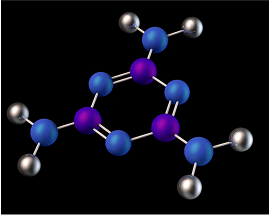
What are the effects of taurine deficiency in cats?
Taurine is an animal protein and an essential element that cats must obtain from their food.
Researchers first revealed the causal relationship between taurine and retinal health in cats in 1976. Feeding taurine-deficient diets to cats can lead to retinal degeneration and even death due to heart disease.

What are the risks associated with melamine in food products?
Melamine is an organic compound primarily used in the production of plastics.
Dishonest traders have misused its high nitrogen content to falsely indicate high protein levels in food tests. This can cause diseases in animals and humans, such as kidney stones and kidney failure.
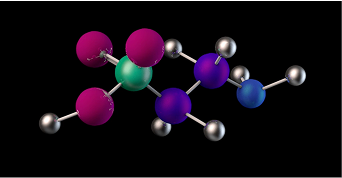
What are the consequences of using pentobarbital in animal euthanasia?
Pentobarbital is a completely synthetic drug used for euthanasia among human and non-human.
The additional expense of disposing of euthanized carcasses has resulted in the intentional or accidental feeding of pentobarbital-laced carcasses to other animals as a food source, leading to secondary poisoning in multiple species.
These three chemical substance highlight the incidents caused by the unintentional omission of essential components, the health issues in animals and humans resulting from intentional additions made for profit, and the poisoning problems in the food chain across multiple species due to uncontrolled synthetic drug.

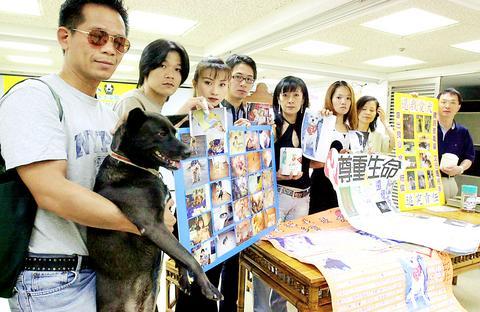



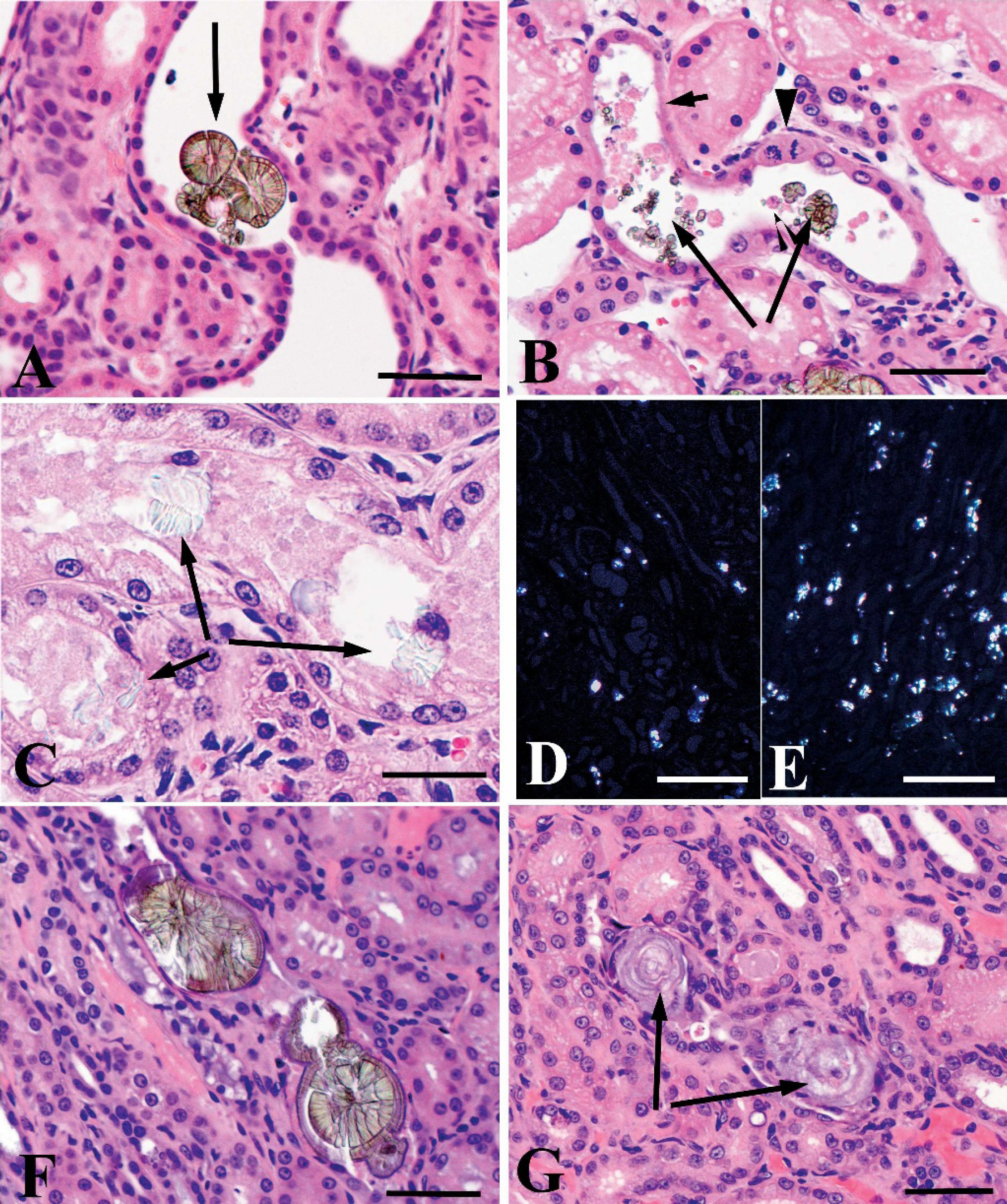




Pet food is a product derived from commodities for pets; it is a commodity's commodity. Lower-quality raw materials, exquisite packaging, and biased emotional marketing tactics have created a new category of expensive, progressive, and fashionable products.
The world’s first commercial pet food
1860
Commercial pet food comes to Europe and the USA
1870s
The first Canned dog food
1922
The First Extrusion Pet Food: Advertising It as the Only Feeding Option
1950s
The pet economy starts booming in the US
1970s
Different ailments kibble
1980s
Different ailments kibble
1980s
Taurine Deficiency in Sciences
1987
diary scandal
2008
Melamine also appears in various brands
2000s
Pentobarbital begins to appear
After 2000s
The world’s first commercial pet food
1860
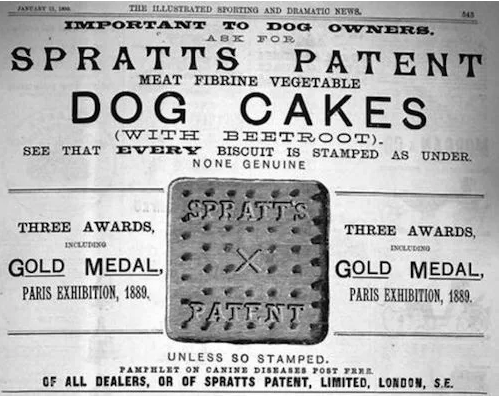
The first commercial pet food was developed in 1860 by James Spratt, an Ohio electrician. While in the UK selling lightning rods, he saw dogs eating leftover hardtack — dry biscuits sailors used on long journeys. Seeing a need for shelf-stable pet food, Spratt created the first dog biscuit, made of wheat, vegetables, beetroot, and dried parts of Prairie Beef. Despite their high cost — a 50-pound bag equaled a skilled craftsman’s daily wages — Spratt targeted wealthy English gentlemen.
The First Extrusion Pet Food: Advertising It as the Only Feeding Option
1950s
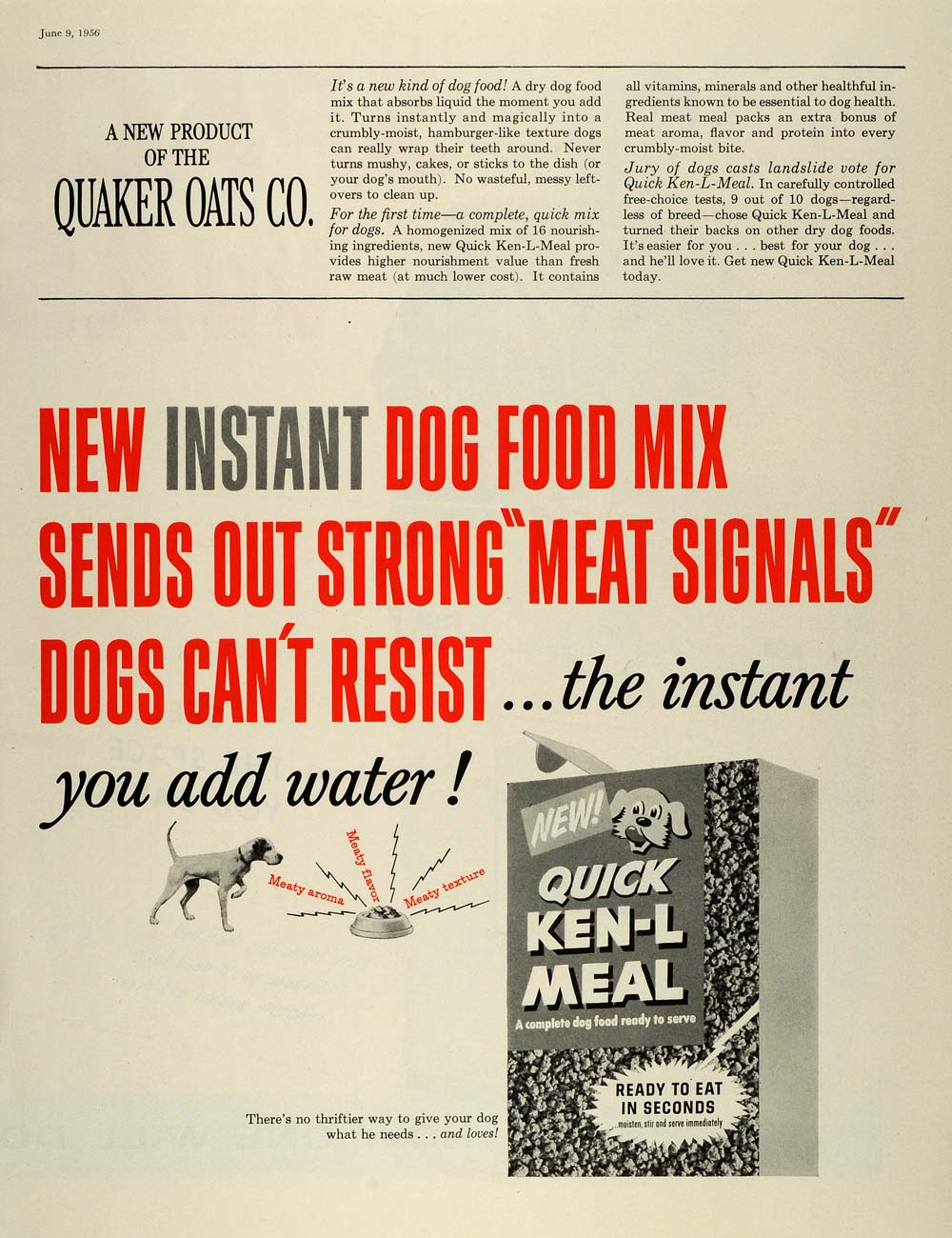
The 1950s saw major growth in shelf-stable pet food. General Mills acquired Spratt’s U.S. business, and Ralston Purina used cereal-making technology to develop dry kibble. In 1956, Purina’s extrusion method enabled large-scale production of shelf-stable kibble, which gained popularity in the 1960s and 70s. By 1964, The Pet Food Institute’s ad campaigns successfully promoted kibble as the primary diet for American dogs.
Taurine Deficiency in Sciences
1987

In 1987, researchers from UC Davis identified the link between taurine deficiency and feline diseases, estimating that at least 1000 U.S. cats died annually due to insufficient taurine in pet food.
Melamine also appears in various brands
2000s

In 2019, several bald eagles and a red-tailed hawk died from secondary barbiturate toxicity after consuming a euthanized sheep. This incident highlighted the importance of proper carcass disposal to prevent poisoning of wildlife.
Commercial pet food comes to Europe and the USA
1870s
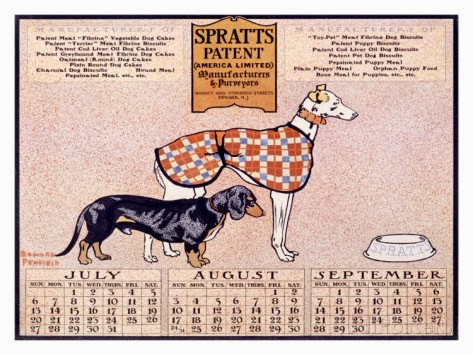
Spratt named his product “Patented Meat Fibrine Dog Cake” and expanded to America in the 1870s. He was also likely the first to produce commercial cat food and became a relentless advertiser. He cleverly marketed his products at dog shows, targeting participants and spectators. Throughout the 1900s, Spratt’s shipped products across Europe and the USA, becoming one of the largest livestock shippers. Although production started in England, the company expanded U.S. operations after being acquired, meeting the growing demand for pet food.
The pet economy starts booming in the US
1970s
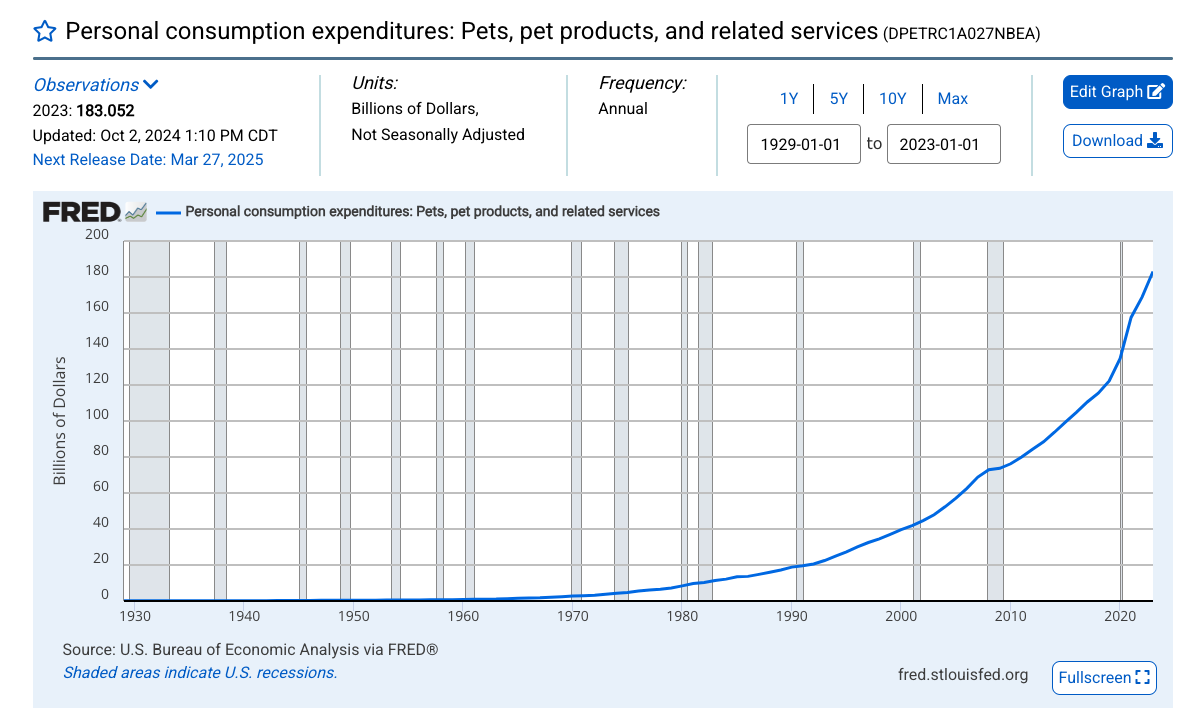
Starting in the 1970s, the United States entered a post-industrial society, where the service sector grew and generated even more wealth than the manufacturing sector. During this period, the emergence of pets as highly commodified and valued objects of affection helps explain why science has recently begun to study pets.
Pentobarbital begins to appear
After 2000s
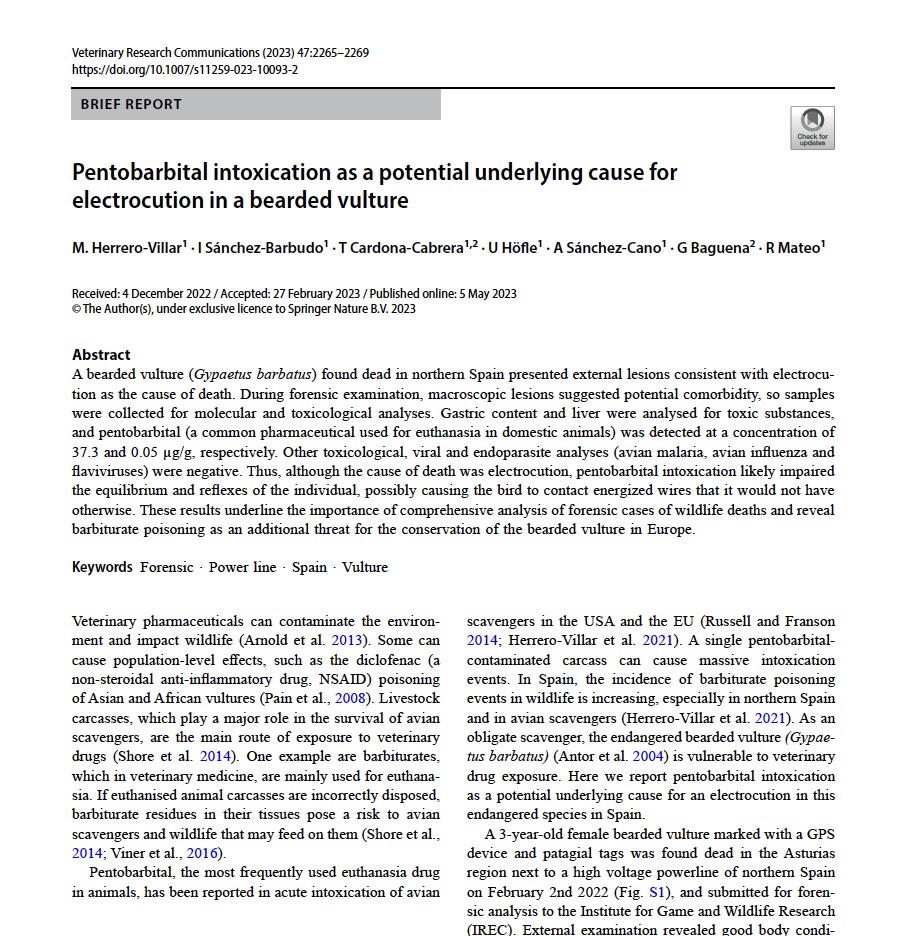
In early 2019, seven bald eagles and a red-tailed hawk were found dead within a small area in British Columbia. The birds were suspected to have consumed a recently euthanized domestic sheep. On examination, the birds were found to be in excellent health with no signs of disease or trauma. Their stomachs were filled with material consistent with sheep muscle, bone, and soft tissue.
Toxicological testing revealed traces of pentobarbital, a common animal euthanasia agent, in the liver and stomach contents of all birds. This incident is a case of secondary barbiturate toxicity, a common occurrence in free-ranging carnivores and scavengers. It emphasizes the importance of proper disposal of euthanized animal carcasses, as they can be a source of toxicity for various species. Veterinarians are advised to inform landfills of such disposals for immediate covering of the carcasses with waste material. Carcasses laced with toxins should not be left out intentionally for pest animals to consume, as non-target species may also have access and be affected.
The first Canned dog food
1922
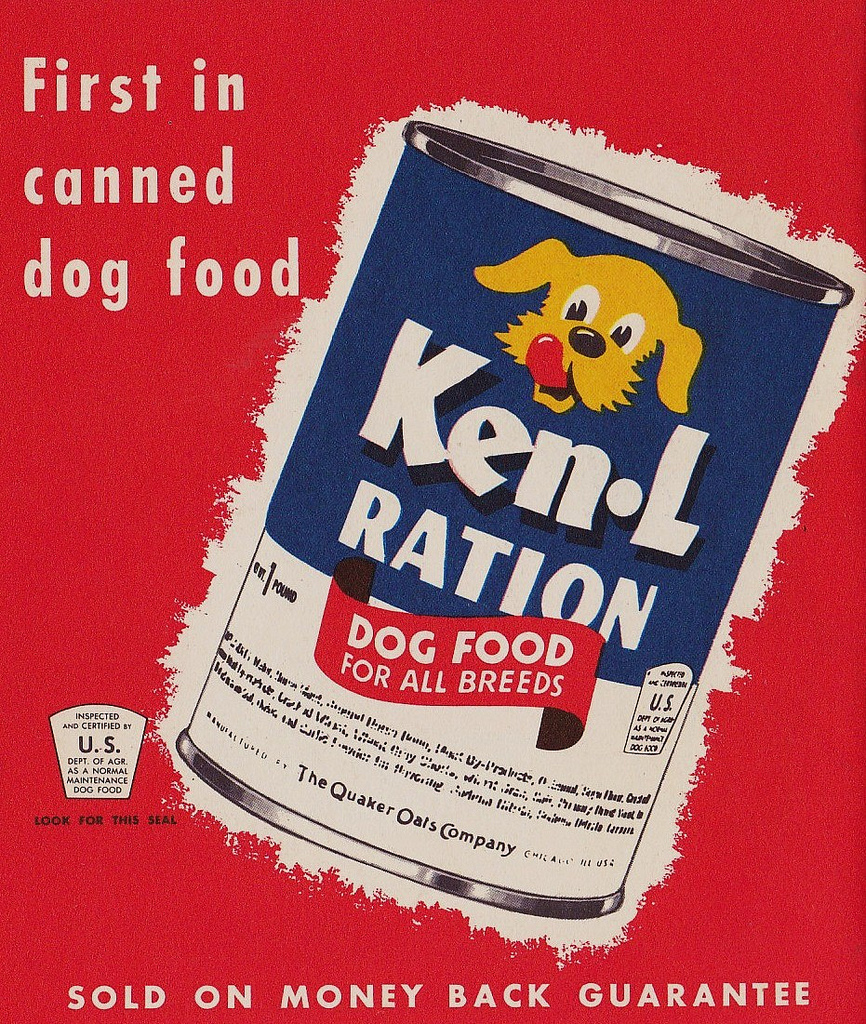
In 1922, after WWI, the availability of cheap horsemeat led to the creation of Ken-L Ration, the first canned dog food in the U.S. Marketed as “lean, red meat,” it captured 90% of the market by 1941, with producers breeding horses specifically for dog food. WWII’s tin and meat rationing, along with animal rights pushback, opened opportunities for new pet food innovations。
First recommendations of nutritional requirements for dogs and cats
1980s
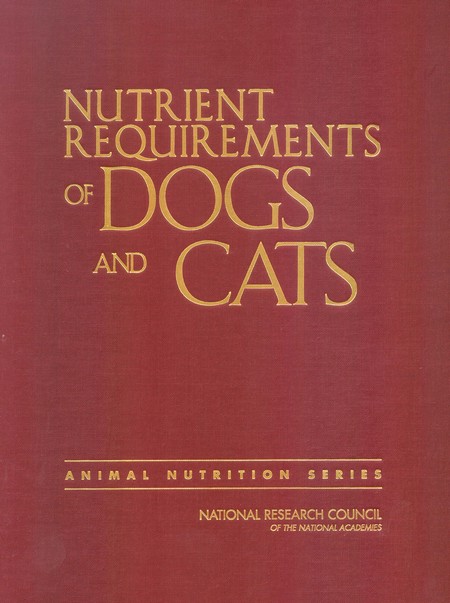
In the mid-1980s, the National Research Council published nutritional guidelines for dogs and cats, offering pet food producers and owners guidance on feeding decisions and nutrient needs based on life stage and activity level.
Different ailments kibble
1980s
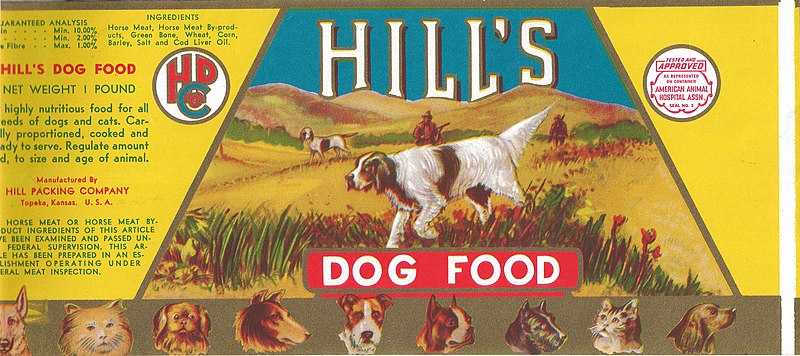
By the 1980s, niche marketing emerged in the pet food industry. Hill’s Pet Nutrition introduced prescription kibble for ailments and later developed specialized formulations for small breeds, puppies, and specific health needs, including a fully plant-based line.
diary scandal
2008





Hidden Incidents of Taurine Deficiency (2022-2024)
Hidden Incidents of Taurine Deficiency is a digital artwork that combines contemporary art and machine learning to shed light on a relatively unknown yet significant social issue, specifically the taurine deficiency in cat food.
Taurine, an animal protein, is one of the most essential and indispensable elements for cats that can only be obtained from their diet. Despite this, the significance of taurine was not widely recognized by the public until the 1970s, as an increasing number of pets started to suffer from heart disease and blindness after consuming pet food. After systematic clinical studies, they finally found a direct link between Taurine deficiency and cat diseases in 1976. It was, however, not until 1981, that Taurine was first introduced as a standard in pet food quality control, which reflects a huge delay between scientific findings and policy-making.
The artists created the portraits of 6,000 cats who died from taurine deficiency in pet food by training an AI model. The estimation number is related to scientific research. A famous academic article published in Science estimated that at least 1,000 cats die each year in the United States because of insufficient taurine in pet food. This artwork serves as a historical memorial for the forgotten lives of these blind cats.





Hidden Incidents of Animal Euthanasia (2022-2024)
Pentobarbital is a synthetic drug used for euthanasia. Despite its medical legitimacy, pentobarbital also poses significant risks, including secondary poisoning across various species. Collaborating with forensic professionals, the artists have compiled a comprehensive dataset documenting 225 incidents over six months with human-animal interactions (HAIs) categories, spanning from 1967 to 2023. This work transfers the diverse incident data into interactive artwork, highlighting the urgent need for awareness of its dangers.
The artwork is an experimental case with a new approach that blends objective data visualization and sonification with the subjective interactivity of transforming audience identities. It is a dual-screen interactive installation, with a touch information screen and another roaming screen with a projector. The installation integrates incident data with 2D and 3D network visualization, sonification, and AI-generated 3D models to depict the complex food web among animals related to secondary poisoning incidents. In addition, the artwork explores the concept of “kinship” with HAIs, presenting the relationship of dominance and affection between humans and animals. Through this interaction, audiences shift from passive observers to subjective participants, exercising dominance driven by their affection for the animals, gradually unveiling hidden incidents.

Hidden Incidents of Melamine Adulteration (2022-2024)
Hidden Incidents of Melamine Adulteration is an artwork that reveals the lives affected by economic and social issues. Melamine adulteration is a long-standing problem in food products, posing significant health risks, including kidney diseases and potential malignancies. Despite its harmful effects, melamine is still being used unethically to falsely increase the protein content in food.
While the 2008 Chinese baby milk scandal is a well-known case, melamine adulteration has been present in foods from other species for a long time. This work compiles incidents and economic data on melamine since the 1980s. The authors aim to increase public awareness of this hidden danger in the food industry by utilizing spatial-temporal visualization to contrast commercial advertising slogans.



Behind the Molecules (2024)
Pentobarbital is a synthetic drug used for euthanasia. Despite its medical legitimacy, pentobarbital also poses significant risks, including secondary poisoning across various species. Collaborating with forensic professionals, the artists have compiled a comprehensive dataset documenting 225 incidents over six months with human-animal interactions (HAIs) categories, spanning from 1967 to 2023. This work transfers the diverse incident data into interactive artwork, highlighting the urgent need for awareness of its dangers.
The artwork is an experimental case with a new approach that blends objective data visualization and sonification with the subjective interactivity of transforming audience identities. It is a dual-screen interactive installation, with a touch information screen and another roaming screen with a projector. The installation integrates incident data with 2D and 3D network visualization, sonification, and AI-generated 3D models to depict the complex food web among animals related to secondary poisoning incidents. In addition, the artwork explores the concept of “kinship” with HAIs, presenting the relationship of dominance and affection between humans and animals. Through this interaction, audiences shift from passive observers to subjective participants, exercising dominance driven by their affection for the animals, gradually unveiling hidden incidents.

The motivation behind this project stems from the death of Dobby, one of the authors' cats, due to toxic pet food. Under pet capitalism, the loss of these lives is denied and forgotten. Our data visualization platform encourages visitors to report incidents they know of, filling in the gaps in data through a form of activism. At the same time, this project serves as a memorial to the lives that have been lost.
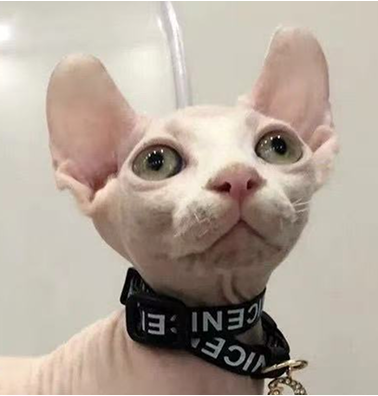
“In memory of Dobby and the many hidden lives lost.”
| Principal Investigator |
|
| Project and Behind the Molecules Web Design |
|
| Project and Behind the Molecules Development |
|
| Taurine, Melamine, and Pentobarbital Development |
|
| Taurine, Melamine, and Cat and Pentobarbital 3D Animal Generation |
|
| Data Mining and Processing |
|
| Pentobarbital and Behind the Molecules Sound Design |
|
| Pentobarbital Touch Screen Development |
|
| 3D Molecules Modeling and Animation |
|
| Video Voice Actor |
|
| Video Editing |
|
| Special Thanks To |
|
| Acknowledgments |
|
| Data Sources |
|
| Support Received From |
|